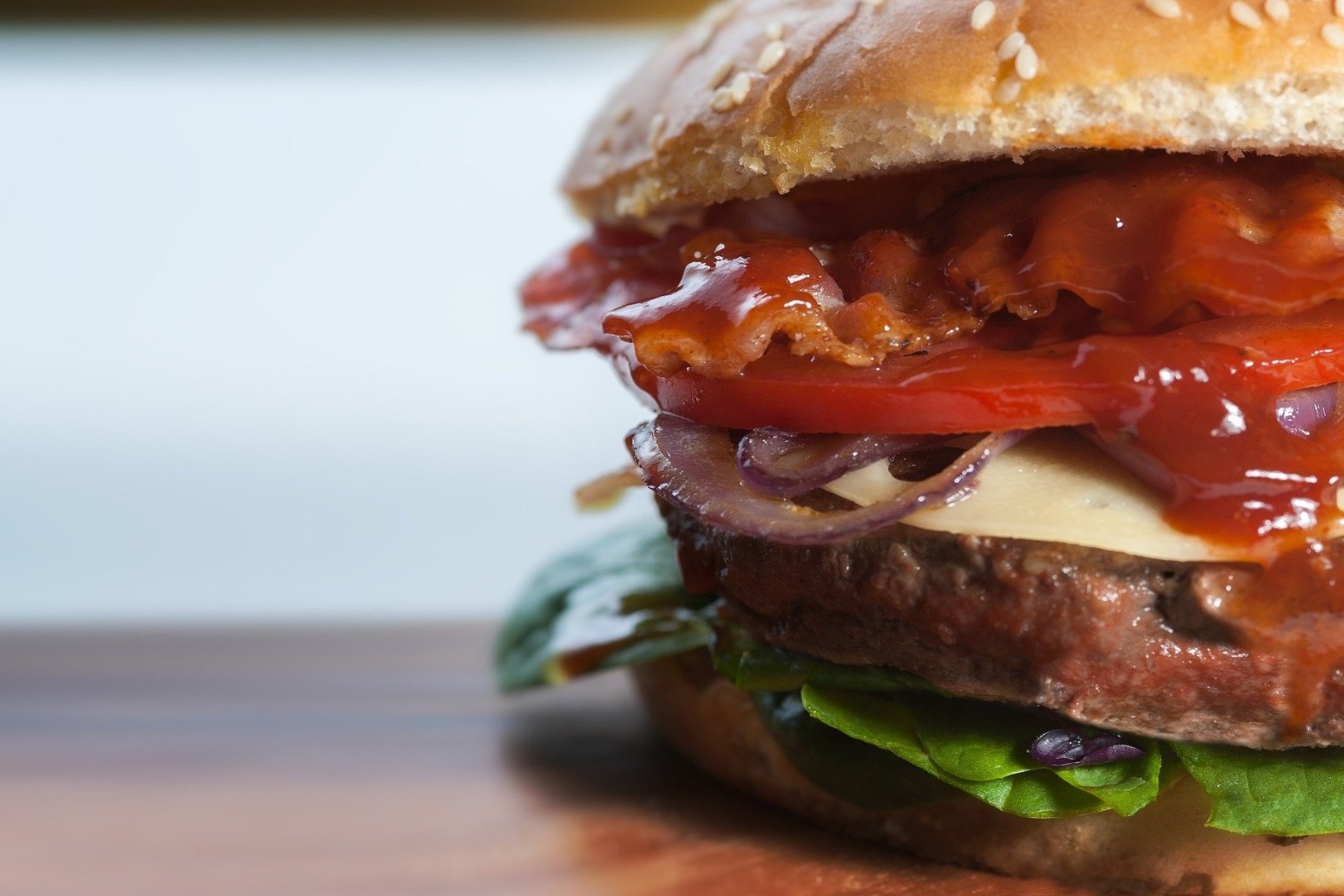
FOOD LABELS SHOWING EXERCISE NEEDED TO BURN CALORIES 'COULD HELP TACKLE OBESITY'
Telling people how much exercise they need to do to burn off food and drink could be more effective at encouraging healthier choices than simply listing the calories, a study has claimed.
Physical activity calorie equivalent or expenditure (Pace) food labelling tells consumers how many minutes or miles of exercise they need to do to burn off the calories in a particular product.
The Royal Society for Public Health has called for Pace labelling to replace the current system, where calories and nutritional content are listed.
The authors said this is having a limited effect on changing purchasing and eating behaviours as many people do not understand the meaning of calories or fat levels in terms of energy balance.
Researchers from Loughborough University and colleagues predict the system could shave off up to around 200 calories per person each day on average if widely applied.
This could help prevent population-level obesity, as regular over-consumption of small amounts of calories is a key contributing factor, they said.
They pooled data from 14 randomised controlled trials comparing the impact of Pace labelling with other types on the selection, purchase and consumption of food and drinks, excluding alcohol.
They found that fewer grams of food and beverages were consumed, fewer calories selected and fewer calories consumed when Pace labelling was used, compared with other types of label or no labels.
Some 65 fewer calories per meal were selected when Pace labelling was used, and 80-100 fewer calories consumed.
Researchers said this would scale up to roughly 200 calories per day.
However, they cautioned that many of the studies were not carried out in real-life environments, such as restaurants and supermarkets.
The authors said the effects of Pace labelling could vary according to context, with marketing, time constraints and price all likely to affect choices.
They are calling for more research in real-world settings.
They wrote: "Pace labelling is a simple strategy that could be easily included on food/beverage packaging by manufacturers, on shelving price labels in supermarkets, and/or in menus in restaurants/fast-food outlets.
"Public health agencies may want to consider the possibility of including policies to promote (it) as a strategy that contributes to the prevention and treatment of obesity and related diseases."
Duncan Stephenson, deputy chief executive of the Royal Society for Public Health, said: "We welcome this new research which builds the case for introducing activity equivalent food labelling.
"Our own research showed that using this type of labelling did make people think twice about the calories they were consuming, and when compared with other forms of labelling, people were over three times more likely to indicate that they would undertake physical activity.
"This type of labelling really does put an individual's calorie consumption in the context of energy expenditure, and knowing how out of kilter we sometimes are, this partly explains the record levels of obesity we face.
"We would like to see further research to test if the effect on calorie consumption is sustained when Pace labelling is applied in other settings such as restaurants and supermarkets.
"Although the difference Pace labelling makes may seem small, these small changes can make a big overall difference to calorie consumption, and ultimately weight gain."
The paper is published in the Journal of Epidemiology & Community Health.
Published: by Radio NewsHub